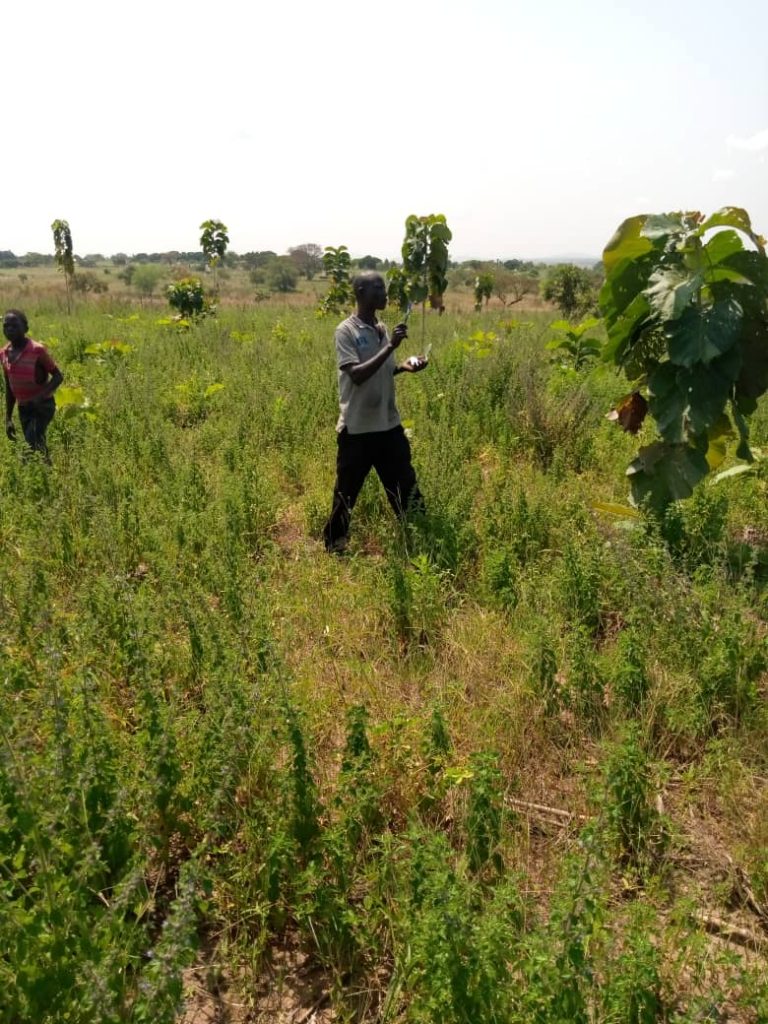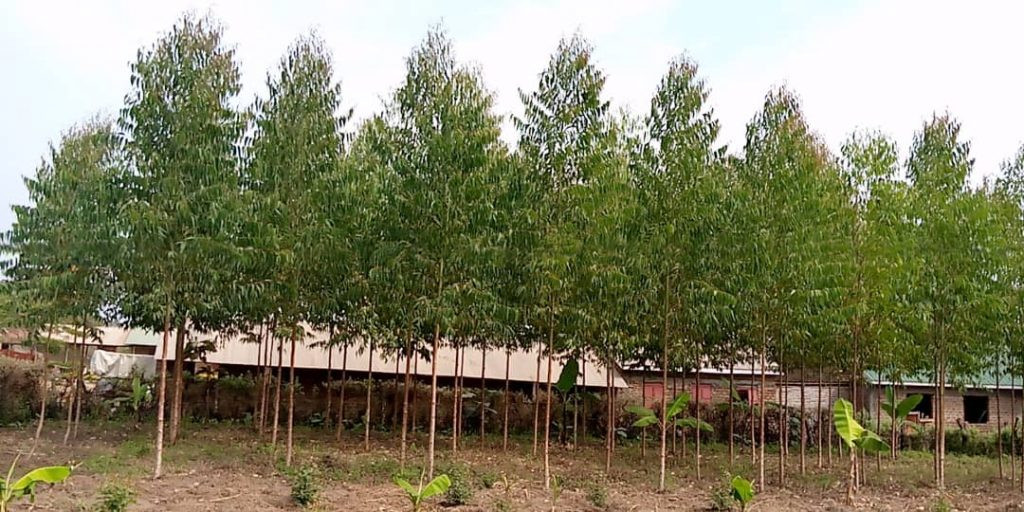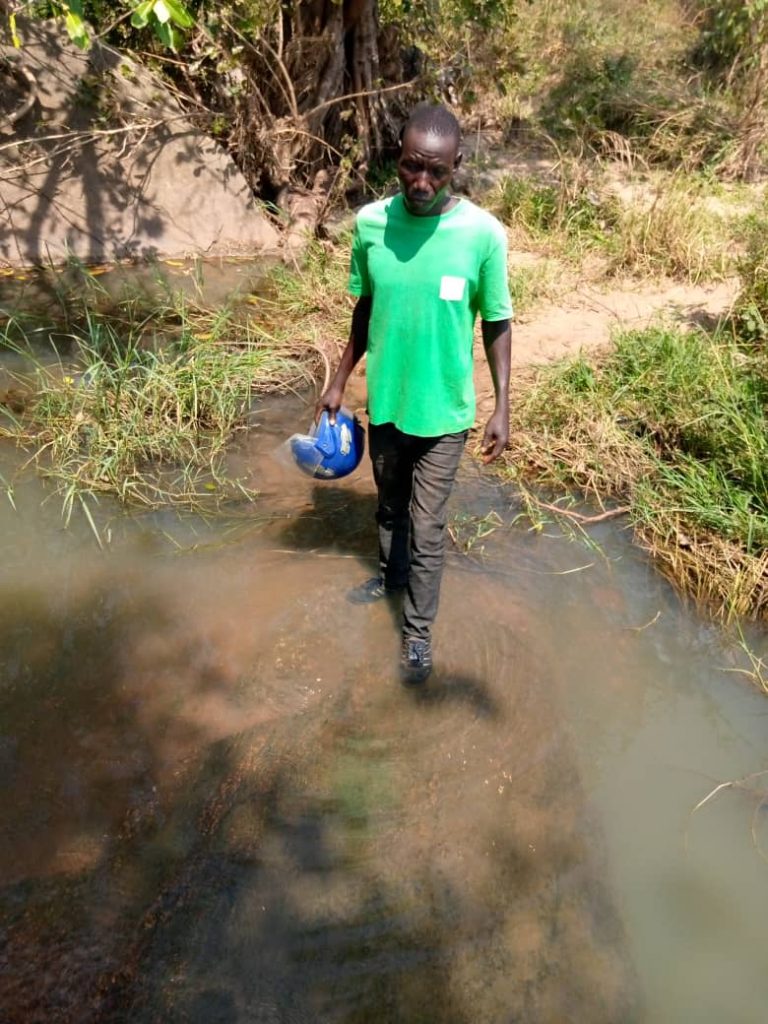HUMAES is registered in Uganda and has permission to work with the South Sudanese refugees there.
There is often antagonism between the refugee settlements and host communities in the surrounding areas. A lot of these problems are due to the lack of access to agricultural land by the refugees, who are in great need to supplement their diet with their home-grown vegetables. There is a lot of resentment of the refugees by the host communities, which sometimes becomes violent.

Seeing the difficulties between the two communities, HUMAES implements integrated livelihood and environmental conservation to help the host communities as well as refugee communities to gain a means of livelihood and maintain a peaceful coexistence to their mutual benefit.
The idea is that land belonging to the host communities is used by the refugee communities to grow vegetables for themselves, while at the same time allowing space for tree planting by the hosts. The cultivation of the vegetables benefits the land owners by loosening the soil and weeding between the trees. As the trees grow, they will benefit the host communities. This project brings the two communities together so that cooperation takes place, benefiting both sides.

Since this project started there has been no outside funding; instead it has been funded internally by HUMAES. Once donors are found, HUMAES hopes to move to a purely management role.
To achieve this, HUMAES has one main central nursery centre in Mokolo in Adjumani Town Council for training trainers of trainees (ToT). The trainers are members of the host community. Once trained, the trainers establish small demonstration sites on their own property in Kerelu in Pakele Town Council, Ovuvu in Nyumanzi and Ayilo I and II. HUMAES supplies these demonstration sites with seedlings from the main nursery.
From November 24 -26, 2020, HUMAES carried out field monitoring in the demonstration sites to evaluate how its program is performing.
The following species of trees are all available: banana, eucalyptus, teak, mango, orange and jackfruit. The central nursery centre currently has 14 bananas suckers and 52 eucalyptus trees. Kerelu site has 194 teak trees, 89 eucalyptus trees, 24 banana suckers, 1 orange, 1 mango and 1 jackfruit tree. Ayilo I refugee settlement demonstration site has 1,251 teak trees. Ayilo II refugee settlement demonstration site has 36 mango trees.

Unfortunately all the teak trees in the demonstration site at Nyumanzi were destroyed by flooding from the River Nile. HUMAES plans to conduct a second refresher training for previous trainers of trainees (TOTs) in order to address challenges faced while implementing their activities.


